"Grandma Mace" - P-31

P-31 (index 3М17, code СНВ RSM-45, according to NATO classification - SS-N-17 Snipe) - the first Soviet two-stage solid propellant ballistic missile designed to be placed on the submarines of the 667AM project as part of the D-11 missile system. Designed by TsKB-7 / KB "Arsenal" (Leningrad), chief designer - P.A. Tyurin by Resolution of the USSR Council №374-117 from 10 June 1971. Resolution of the Council of Ministers of the USSR on the development of a draft sketch in June 1969. In February, 1971 was decided at the NTS of Minobchemash and Minsudprom to select and develop the D-11 complex with the P-31 / 3М17 solid-fuel missile for development and testing. Resolution of the USSR Council on the creation of the D-11 complex for the re-equipment of SSBNs 667 Ave. No. 74-117. 10 June 1971 was issued. P.A. Tyurin, Chief Designer for the complex as a whole, for rocket - Yu.F. Valov, for propulsion installations - A.F.Madison, on control systems and telemetry - V.G.Volkov, on ground and launch equipment, missile depreciation system - V.S.Petrikevich, on throwing tests and tests at the Kapustin Yar range - A.A. Zapolsky.
Although all domestic SSBNs of the first generation were equipped only with liquid rockets, which corresponded to the real level of Soviet rocket production. The fleet and industry experts were well aware of all the operational flaws of such missiles. BR with LRE had a high toxicity and fire and explosion hazard. The specificity of their use required in the implementation of the subsea launch of pre-filling the annular gap of mines with seawater, for which a complex system of pipelines and pumps was created. As a result of pumping large volumes of water during the pre-launch preparation, the level of noise unmasking the submarine increased. In this case, the "shepherd" of our missile carrier multipurpose PLA of a potential enemy could have delivered a preemptive strike. And if the SSBN just spent training? All these shortcomings were absent in rocket complexes with solid-propellant rockets. Therefore, in parallel with the development of liquid marine BRs in our country, at the end of the 50-s, work began on the first solid-fuel missiles to equip submarines.
In accordance with a government decree of 9 in September, 1958 Leningrad Arsenal Design Bureau began the development of the D-6 rocket complex with a solid-fuel rocket designed to equip prospective missile carriers. The work was carried out in two parallel directions - the creation of a BR with an engine on ballistic powders, as well as on more promising mixed fuel. The disadvantage of the first option was the need to use a cumbersome bundle of four engines, which led to an excessive increase in rocket dimensions, and the creation of an engine on mixed fuel required the solution of a number of complex scientific, technical and technological problems that at the turn of 50-60-s were not on the shoulder "domestic rocket science. A number of purely organizational difficulties arose. As a result, in accordance with the 4 decree of April 1961, work on the D-6 program was discontinued.
The same government decree of the Design Bureau Vladimir Makeyev was instructed to begin work on the new solid-fuel “boat” complex D-7 with the RT-15М (4К-22) missile, oriented on the new submarine of the 667 project. At the same time, all the technical documentation developed by the “arsenalists” under the D-6 program was transferred to SKB-385.
The RT-15M rocket was supposed to have a launch mass of about 50 T (more than three times the mass of the American BR "Polaris" A-1) and a launch range of 2400 km. The work on the D-7 complex was brought to the stage of throwing tests, however, in 1962, when the customer put forward the demand for a sharp increase in the missile carrier’s ammunition (and, therefore, reduction of the missile dimensions), the program gradually began to fade away, and in 1964, it was completely stopped due to the inability of developers to meet the new requirements.
At the same time, work continued on Arsenal Design Bureau on land-based strategic missiles, which ended with the adoption of the 1972K8P medium-range missile in 98. The accumulated experience in creating engines on mixed fuel allowed Arsenal to come up with a proposal for the development of a solid-fuel rocket for the upgraded SSBN Ave.677, which could be placed in mines created for the P-27 BR. At the same time, the launch range of the new rocket was to exceed the range of its predecessor in 1,5, approaching the capabilities of the newest American Poseidon C-3.
By the way, a very curious moment, as you can see, there have already been applications of ground-based missiles for naval SLBMs.
The Leningraders offer was supported, and at the beginning of the 70-ies, in parallel with KBM's work on the upgraded R-27U liquid rocket, Arsenal was tasked to develop the D-11 complex with the P-31 solid-fuel rocket (PCM-45, Western designation SS - N-17). New BR with a starting weight of 26.840 kg had a range of 4200 km. Initially, it was supposed to be equipped with both single-block and split warheads, but later on the latter option was abandoned, confining itself to a single-block 500 CT power supply.
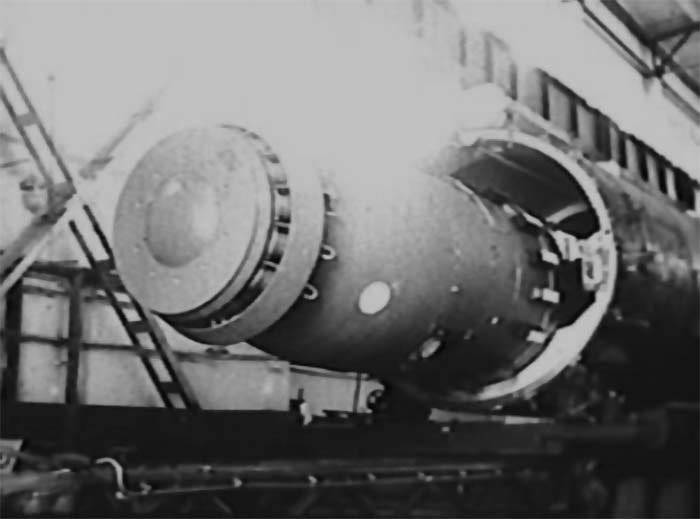
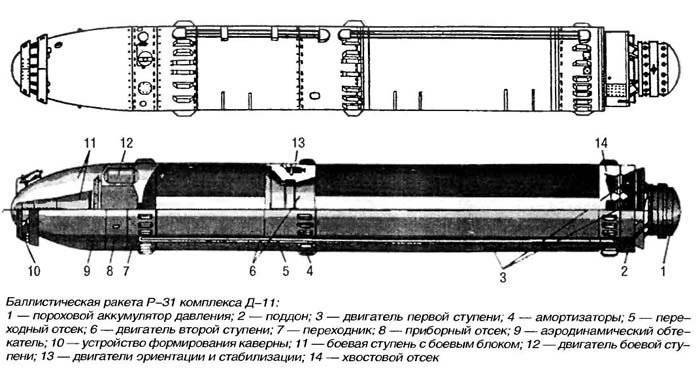

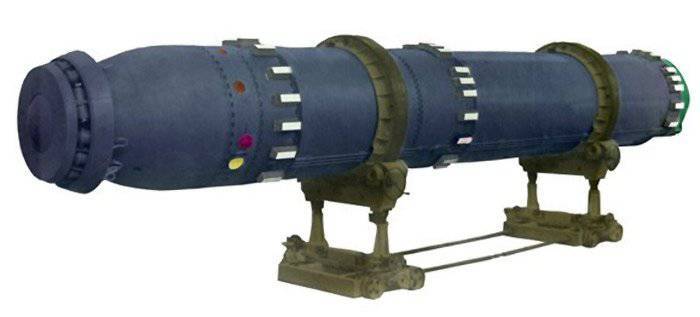
Designing new missile carriers, as before, usually began with the development of a rocket. However, in this particular case, a single exception example, the missile was created with the aim of replacing the P-667 missiles of the D-27 complex on the SSBN submarines 5. Therefore, the missile carriers were already there, and the first (as well as the last) second ship of the 667A Navaga project, the only ship upgraded to the 667AM Navaga-M project, was the first. True, the rocket men rather helped the case: "It would not be happiness, but misfortune helped". 27 August 1968, when K-140 was in Severodvinsk, after modernization work, an unauthorized release of a nuclear reactor to power occurred. The left-side reactor, due to the spontaneous raising of the compensating grid to the upper limit switches, reached the capacity exceeding the nominal by 18 times. The pressure and temperature in the reactor exceeded the nominal parameters in 4 times. The radiation situation in the reactor compartment has deteriorated sharply, but the primary circuit did not depressurize. There are no official data on the levels of pollution of the submarine, the environment and the levels of exposure of personnel. The dead among the personal staff was not.
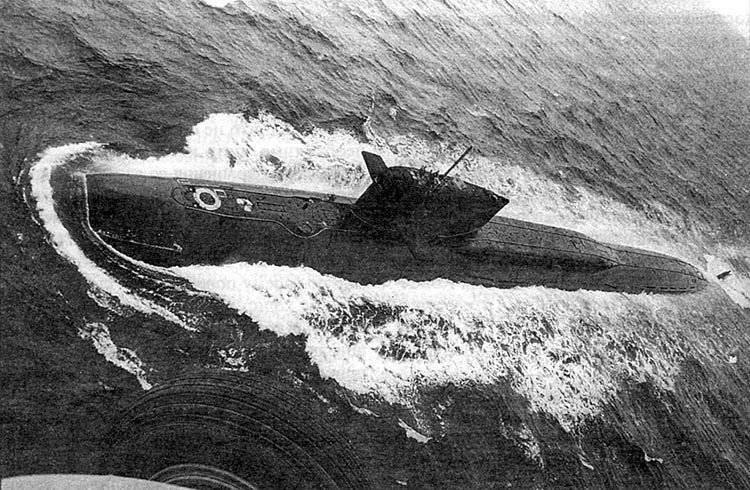
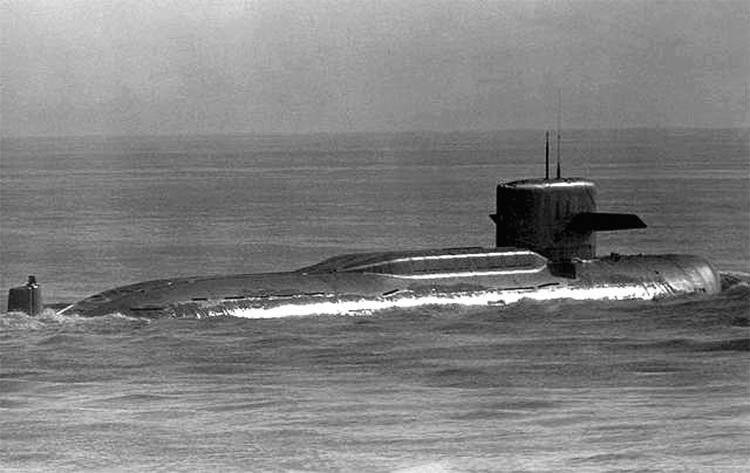
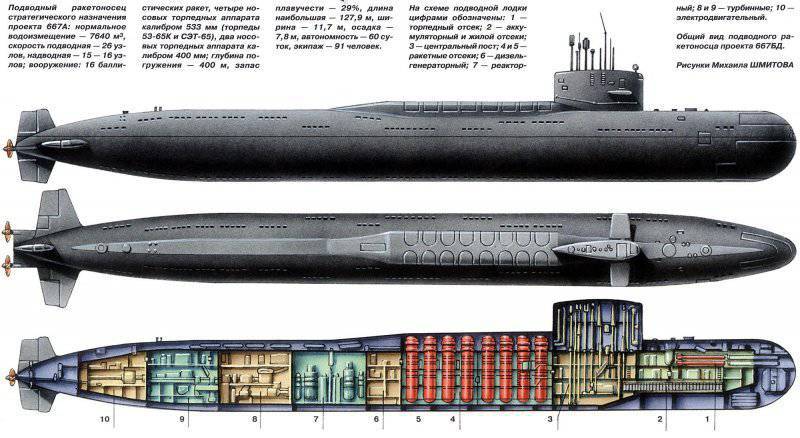
The submarine project for the D-11 complex was assigned the index “667AM” (code “Navaga”). It was developed at the Rubin LMBB under the direction of Chief Designer O.Ya. Margolina (Deputy E.A.Gorigledzhan). Due to the increased mass of the missile on the submarines of the 667 project, it was possible to accommodate only 12 BR of a new type.
Externally, the modernized ship differed from the SSBN Ave. 667A aft superstructure, which has a slightly smaller length and greater height. The full displacement of the submarine also increased slightly.
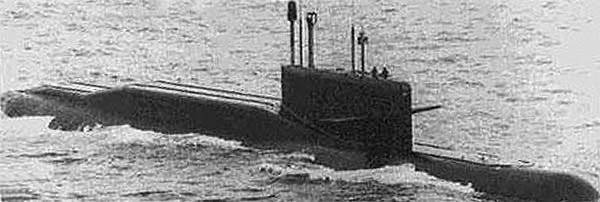
The launch of the rocket was carried out by means of a powder accumulator from depth to 50 m, without pre-filling the mine with water (which increased the secrecy of combat use, since the flow of water into the annular gap unmasked the ship during prelaunch). The launch was possible when the sea was agitated to 8 points. All ammunition fired within one minute with a single volley. Pre-launch preparation time was 3,5 min.
For the conversion of the project 667AM was allocated a submarine K-140 - the second ship pr.NUMXA. Work on the modernization of the nuclear-powered ship began at the Zvezdochka shipyard in Severodvinsk in 667.
The first launch of P-31 from board K-140 took place on December 26 1976 from the White Sea. During the tests of the boat, two shots were conducted at a maximum range (more than 4000 km). For this, the boat had to go to the northern tip of Novaya Zemlya, and from there, from the parallel 77 ° northern latitude, shoot at the Kura battle field in Kamchatka.
In conclusion, the Commander of the SF, dated 14 of September 1979, the D-11 complex was given the following characteristic: “The tests generally showed good performance, high rate of fire with a short preparation time, safety of use and ease of maintenance, adoption of the complex ... would expand the combat capabilities of rocket strategic submarine cruisers pr.667А, continue to familiarize with the experience of operating solid-propellant ballistic missiles in order to use it in the future project promising missile systems. ” Actually, the “accumulation of experience” was all limited: the upgraded K-140 submarine remained one of a kind and did not become a prototype for the re-equipment of other ships of the 667 project. The D-11 complex in 1979 was put into trial operation, which lasted for 10 years. In the West, the boat project 667AM received the designation Yankee II.
The industry released a total of X-NUMX P-36 production rockets, 31 of which were used up in the process of testing and practical firing. In the middle of 20, the MO issued an order to dispose of all missiles of this type (both on board the boat and in warehouses) by shooting. The launches continued from 1990 September to 17 December 1, they all went well, once again
Actually no, from 16 missiles successfully launched the first time 10 missiles (62.5%), of the remaining 6, the 2 missiles were successfully re-launched. Later 4 rockets are disposed of onshore. The total percentage of successful starts (including repeated) - 70.6%.
• 17.09.1990/100/1 Successful single launch XNUMX% (XNUMX)
• 18.09.1990/66.6/3 Two-rocket salvo, one rocket failed XNUMX% (XNUMX)
• 29.09.1990/75/4 Successful single launch XNUMX% (XNUMX)
• 30.09.1990/83.3/6 Two successful single launches XNUMX% (XNUMX)
• 01.10.1990/1/2 A three-rocket salvo from mines No. 3, 66.6 and 9. When the PAD of the first rocket was triggered, the mine pressurization pipe was torn, gases were released into the compartment, after the rocket exited - water. The launch of the remaining missiles did not take place. XNUMX% (XNUMX)
• September 10-11.09.1990, 71.4 Five single launches. One rocket failed. 14% (XNUMX)
• 30.11.1990/70.6/17 Three single launches of rockets that have not been launched before. Failure at the launch of one of the missiles (malfunction). XNUMX% (XNUMX)
In 1969-1971 in the TsKB Volna under the direction of S.M. Bavilina, work was underway to create a new nuclear submarine with X-NUMX P-16 missiles. However, this missile system was not adopted by the USSR Navy, since its combat characteristics were lower than that of the D-31 complex based on the PCM-9 liquid-based SLBM (P-40; the complex was put into service in 29). Therefore, all work at the Volna Central Design Bureau was quickly curtailed, and the command of the Navy itself then decided not to reinvent the wheel and continue to operate liquid-propellant rockets.
One thing is not completely clear why it was impossible, by creating a P-39, to use the backlog (which at that time already had real incarnations) on P-31? Considering the fact that work on the creation of a new missile system was carried out practically with the same “bundle” of enterprises and organizations that also created other strategic missile systems for the Soviet Navy. Only those enterprises of the ministries of machine building, defense and chemical industries that specialized in the work on composite solid fuels, as well as the creation and production of solid propellant solid propellants on them, were connected to the process. The answer is simple; in the process of creating the P-39, for the first time in domestic practice, an attempt was made to somehow unify the SLBMs and ground-based ICBMs: the P-39 and the new heavy PC-22 Yuzhnoye Design Bureau, chief designer V. F. Utkin should were to receive a single first step, the development of which was entrusted to Yuzhnoye Design Bureau. In addition, there is no need to deny the existence of rivalry between the leading design bureaus.
The result is well-known: in the first cases, the fleet received a fairly compact rocket complex (albeit on the same carrier), but it lost to the “liquid” counterparts of the performance characteristics and was not very reliable. In the second case, the remarkable Typhoon system was obtained, but very cumbersome and expensive: the development of the powerful D-19 complex with PCM-52 cost the national treasury 3 more expensive than building the D-9РМ complex with PCM-54 (at least so says the retired admiral Fedor Novoselov, in 1986 —1992 — deputy shipbuilding and armament of the USSR / Russian State Committee of the USSR Navy. Huge costs went to other components of the system "Typhoon." In addition, the latter surpassed in its combat capabilities the Trident I system of a similar purpose, which came into service with the US Navy, but was already inferior to its further development - the Trident II system.
It is quite possible if the resources invested in the Typhoon system were invested in the P-31, the country and the fleet would receive a Bulava-level missile (or rather a very conditional analog, but certainly not such a giant as the P-39) .
I sincerely want to congratulate the submariners' comrades on their professional holiday, from myself and the participants of the portal!
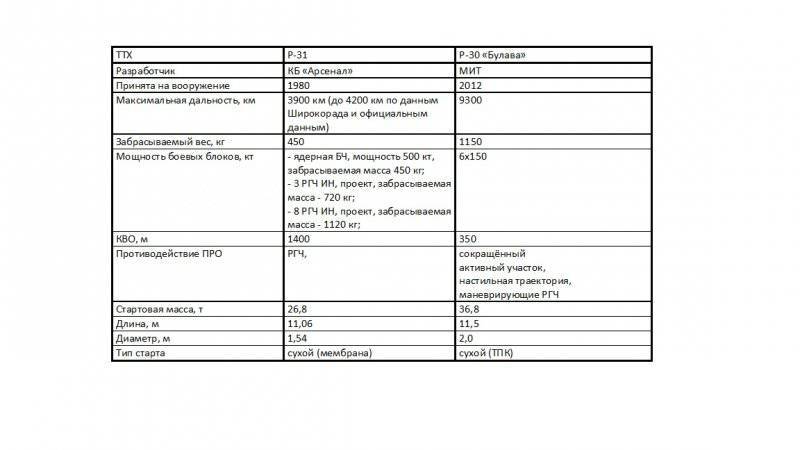
Information